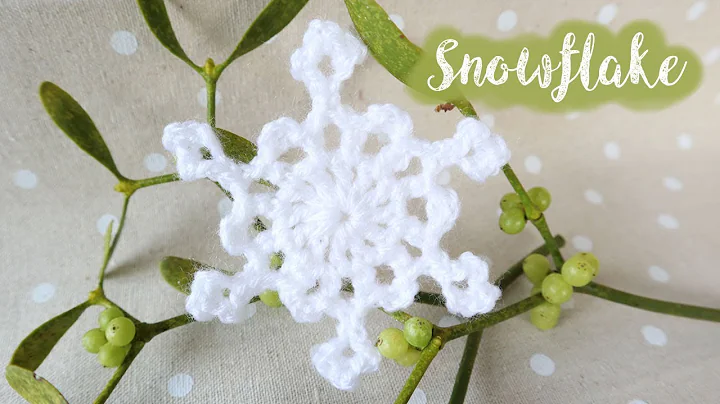Create a Cozy Sofa for Your Furry Friend
Table of Contents
- Introduction
- Designing the Cat/Dog Sofa
- Cutting the Panels to Size
- Adding Angles to the Panels
- Joining the Panels with Domino Mortises
- Alternative Methods for Joining Angled Panels
- Clamping the Joints for Glue-Up
- Making Legs for the Sofa
- Sanding the Surfaces
- Adding the Backrest Panel
- Adding Foam for Cushioning
- Upholstering the Sofa with Fabric
- Securing the Backrest Panel
- Adding Finishing Touches
- Conclusion
Introduction
Are you looking for a comfortable and stylish sofa for your cat or small dog? In this article, we will guide you through the process of creating a DIY cat/dog sofa using plywood and basic woodworking techniques. From designing the sofa to upholstering it with fabric, we'll cover all the necessary steps to create a cozy spot for your furry friend.
Designing the Cat/Dog Sofa
Before starting your project, it's essential to plan and design the sofa. Using Sketchup or any other design software, create a blueprint for the sofa, including dimensions and angles. This will give you a clear idea of how the final product will look and help you create accurate cut lists.
Cutting the Panels to Size
To begin the construction process, cut the plywood panels to the desired size using a table saw. Ensure the panels are of approximate size based on your design. This step will lay the foundation for the rest of the project.
Adding Angles to the Panels
To give the sofa its unique shape, cut angles on the edges of the panels. Use a digital angle gauge to accurately set the angle on your table saw blade. Cut the angles on one edge of the panels and mark the lengths and direction of the angles to avoid confusion during the assembly process.
Joining the Panels with Domino Mortises
For a sturdy and seamless joinery, consider using a Domino mortiser. Mark the positions on the panels where the Tenons will align correctly. Set up your Domino machine and cut mortises at the designated spots. Add wood glue and dominoes to connect the panels, ensuring a strong bond.
Alternative Methods for Joining Angled Panels
If you don't have access to a Domino machine, there are alternative methods for reinforcing angled glue joints. You can combine wood glue and hot glue, align the cuts together firmly until the hot glue sets. Another option is to use superglue, holding it together for longer or using an activator product. Additionally, screws or dowels can be used to reinforce the joints, hidden later by the upholstery.
Clamping the Joints for Glue-Up
Clamping the joints correctly is crucial for a successful glue-up. To aid in the process, cut sacrificial angled blocks at the same angle as the arms of the sofa. Attach these blocks to the bottom panel to create two parallel surfaces for clamping the joints securely. Apply wood glue and clamp the joints, ensuring a strong bond.
Making Legs for the Sofa
Create sturdy and stylish legs for the sofa by using off-cuts of wood from a previous project. Cut the legs to the desired size and attach them to the bottom of the sofa using wood glue. Clamp them in place, and the legs will provide the necessary support.
Sanding the Surfaces
Smooth out the rough edges and surfaces of the sofa by sanding them. Use sandpaper and a sanding block to achieve a polished finish. Be mindful of sanding across the grain, although it won't matter much as the fabric will cover the sofa later.
Adding the Backrest Panel
Attach the backrest panel to the sofa by marking out its full length and cutting it to size. Position the back panel using a combination square and drill pilot holes between the marked lines. Secure it in place with screws, ensuring it is angled back for optimal comfort.
Adding Foam for Cushioning
To create a comfortable seating experience, add foam to the sofa. Repurpose old camping floor mat foam or purchase foam of the desired thickness. Make knife marks at the angled corners and cut away the foam where the backrest will be positioned. Attach the foam using spray contact adhesive, aligning it with reference marks. Trim away any excess foam for a neat finish.
Upholstering the Sofa with Fabric
Choose a fabric of your choice to upholster the sofa. Repurposing old curtains or purchasing fabric from a charity shop are eco-friendly options. Start by securing the fabric to the front edge and work from the center outwards. Flip the sofa to staple the underside where the backrest will be added. Fold and secure the fabric along the side edges, ensuring a tight and tidy appearance. Finally, wrap and staple the fabric around the backrest tightly, paying attention to the corners.
Securing the Backrest Panel
Temporarily secure the backrest panel with hot glue to hold it in place. Flip the sofa over and drill pilot holes into the backrest panel. Insert screws to firmly secure the backrest, providing stability and comfort.
Adding Finishing Touches
Personalize your cat/dog sofa by adding your maker's mark to the bottom. Apply a finish of your choice to the legs, such as shellac, to enhance the grain and make them visually appealing. The finishing touches will give the sofa a professional and polished look.
Conclusion
Creating a cat/dog sofa can be a rewarding and enjoyable woodworking project. By following the step-by-step instructions provided in this article, you can build a comfortable and stylish sofa for your furry friend. From designing and cutting the panels to upholstering and adding finishing touches, each step contributes to the final product. Give your pet a cozy spot to relax and enjoy their day with a handmade sofa tailored to their needs and your craftsmanship.
Highlights
- DIY cat/dog sofa made from plywood
- Designing the sofa using Sketchup
- Cutting panels and adding angles
- Joining panels with Domino mortises
- Alternative methods for joining angled panels
- Clamping joints for glue-up
- Making legs for the sofa
- Sanding the surfaces for a polished finish
- Adding foam for cushioning
- Upholstering the sofa with fabric
- Securing the backrest panel
- Adding finishing touches for a professional look
 WHY YOU SHOULD CHOOSE BEAUTYBADY
WHY YOU SHOULD CHOOSE BEAUTYBADY







